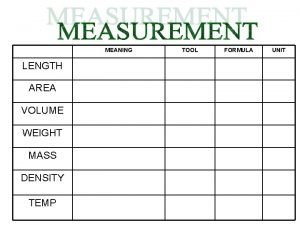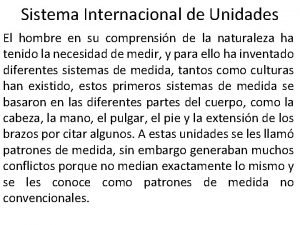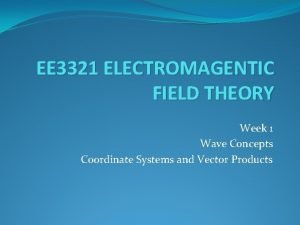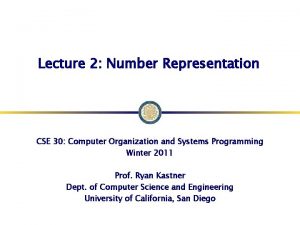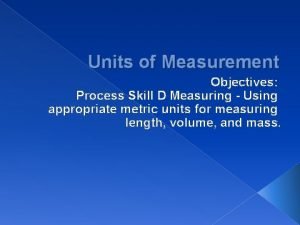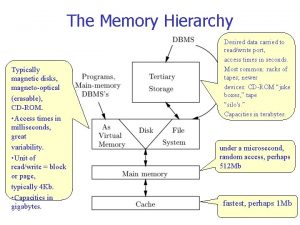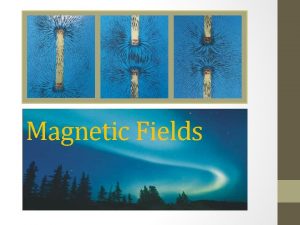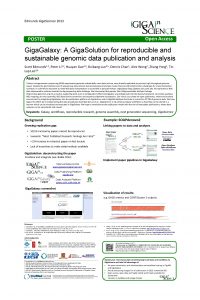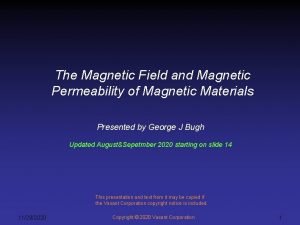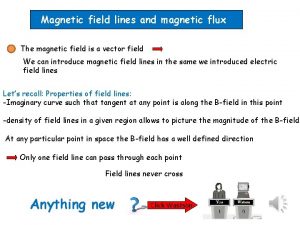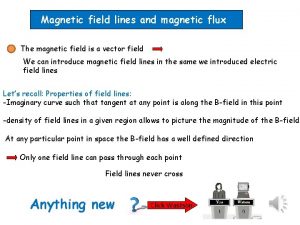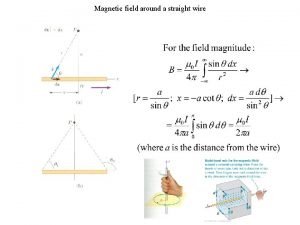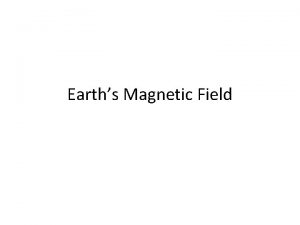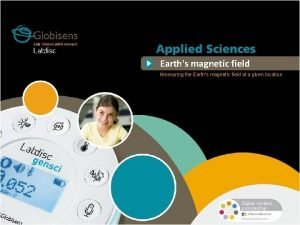From mega Gauss to giga Gauss magnetic field













- Slides: 13

From mega. Gauss to giga. Gauss – magnetic field generation by laser pulses at relativistic intensities A. Gopal Friedrich-Schiller University Jena, Germany Anupam Karmakar Partnership Initiative Leibniz Supercomputing Centre Garching bei Munich, Germany P. Gibbon, L. di Luccio Research Centre Juelich, Germany

Relativistic laser-solid interactions Fig. courtesy Robert Kingham Theory & Simulation J. A. Stamper et al PRL, 1971; Wilks, S. C. et al, PRL, 1992; R. N. Sudan. PRL, 1993; R. J. Mason and M. Tabak. PRL, 1998; P. Gibbon. PRL, 1996; F. Brunel. Phys. Fluids, 1988; H. Ruhl and P. Mulser, Phys. Lett. A, 1995

Mechanisms of magnetic field generation Many sources: derived from the generalized Ohm’s law a. Thermoelectric magnetic field: non parallel gradients of electron temperature and density b. Ponderomotive Force

Mechanisms of magnetic field generation Many sources: derived from the generalized Ohm’s law c. Fast electron current At very high intensities the most dominant mechanism is driven by the laser ponderomotive force. Bdc ~ Blaser Relevance : Inertial confinement fusion, particle acceleration Process Reproducing conditions similar to large-scale astrophysical processes

Mechanisms of magnetic field generation A: Thermoelectric effect B: Ponderomotive force C: Fast electron current Figure: Gopal et al. Self-generated DC magnetic field due to various mechanism (simulation)

The LUND Experiment LUND Ti-Saph laser system : 30 TW, Ion target ~ 8 x 1019 W/cm 2 Tfwhm = 35 fs, λ= 800 nm, σfwhm = 4 µm, 45 incident on optical glass target PPCF, 55, 035002 (2013) Schematic of the experimental set up.

B-field dependence on pulse duration Coronal B field – Faraday channel Measured Btherm ~1. 9 MG, plasma expansion velocity ~ 1. 9 x 106 m/s

Self generated field – Harmonic polarimetry Magnitude of self-generated DC magnetic field due to laser ponderomotive force at the interaction region

Coronal B field – PIC simulation • Short pulse scenario (LUND) analysed with 2 -D PIC simulations • Peak B ~ 100 MG compared to 200 MG in long (ps) pulses PIC Simulation: Self-generated DC magnetic field topology,

B-field dependence on pulse duration Parameters VULCAN 100 TW LUND 30 TW tfwhm ~ 1 ps 35 fs l 1 mm 800 nm I target 8 x 1019 W/cm 2 Bpond 700 MG 100 MG Btherm 50 MG 1. 9 MG Expansion velocity 2 x 107 m/s 1. 9 x 106 m/s PRE, 70, 026401 (2004) PPCF, 55, 035002 (2013)

The PHELIX B-field experiment High B field Generation- High intensity Bgenerated ~ Blaser I ~ 1020 W/cm 2, ~ 600 fs, λ= 1. 053 µm 45 incident on incident polished optical glass target Self generated DC magnetic field at the interaction area with peak value ~ 1 Gigagauss

The PHELIX B-field experiment High B field Generation- High intensity Bgenerated ~ Blaser I ~ 1020 W/cm 2, ~ 600 fs, λ= 1. 053 µm 45 incident on incident polished optical glass target Evolution of peak B-field during the interaction reaching to Gigagauss range

Summary q We gauged magnetic fields generated by different mechanisms in laser solid interaction. q In the short pulse scenario the existence of self generated magnetic fields of ~ 100 Mega. Gauss near the critical density surface is measured. q Ultra high magnetic fields (~ 1 GGauss) is expected to be produced during high intensity (> 1019 W/cm 2) laser plasma interactions. q The analysis of the Phelix experiment is scheduled to be finalized very soon.

